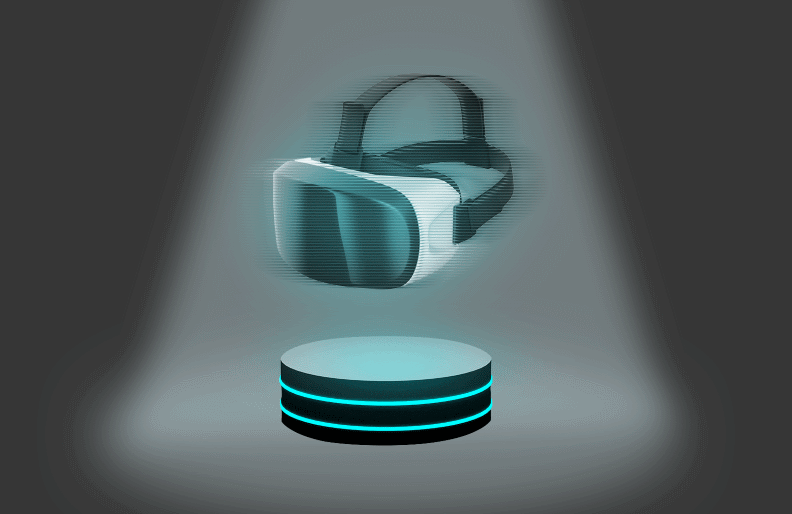One simple reason VR isn’t more popular today: You need special hardware to experience it, yet most people haven’t been persuaded to buy a headset — and many of those who did so own a less capable model that’s gathering dust.
Why it matters: VR lost its place in today’s shelter-in-place survival kit because the industry failed to bring the right mix of products to market.
For many people, their first VR headset was something like Samsung’s Gear VR or Google’s Daydream or Cardboard — basically, a pair of lenses that attached to a smartphone, drawing on its display, battery, and processing power.
- Many of those devices have doubtless been relegated to a drawer or given away.
- Those who want to dust off their unit may find it doesn’t work with their current smartphone.
Even among the minority of people who do own a more capable device, the industry is quite fragmented.
- There are fully powered models that are tethered to a PC, like Oculus Rift, HTC Vive, and Windows Mixed Reality devices.
- Sony’s PlayStation VR is one of the most popular options, tied to Sony’s PlayStation 4, though sales have begun to wane amid anticipation for the PlayStation 5, due out this holiday season.
- There are standalone mobile VR headsets, such as Oculus Go, that use technology similar to a smartphone with everything one needs built-in – offering the all-in-one advantages of phone-based VR, but with better ergonomics and battery life.
- The Goldilocks of devices right now is probably the Oculus Quest, which is portable and standalone but has built-in cameras and other technologies that give it more of the powerful capabilities of the PC-based systems. Sales of the Quest have been relatively strong, with Facebook’s Oculus unit struggling to manufacture enough of the $399 headsets to meet demand.
What’s next: Headsets are getting better and lighter, addressing two key limitations, with more models on the way. Market researcher IDC predicted that global AR and VR headset would dip 10% in the first quarter of 2020, and drop 24% in the second quarter due to the pandemic.
- However, assuming production returns to normal, the market researcher believes increased demand could drive sales up more than 23% for the year, to more than 7 million.

